One of the most picky fruit crops is peach. Growing such a tree requires a special responsibility and preparedness from the gardener. Otherwise, the time, effort and finances spent will not be justified. And among the most important procedures that ensure maximum fertility of a plant is peach pruning in the fall.
Content
Scheme and features of the procedure
Gardeners have disagreements about how to crop crops in the fall. There is speculation that peach is the only crop that does not tolerate any interference after hibernation. Because of this, many perform trimming activities in the spring.
But residents of warm regions involved in the industrial cultivation of peaches argue that pruning is more effective in the fall. First of all, the practical point of view is taken into account, because the gardener has a lot of time to implement such an action, and he does not need to rush.
Adherents of spring pruning argue their position by the fact that the treated tree does not have time to heal the formed wounds before the onset of frost, as a result of which it dies at the first negative temperature. When choosing when to cut a peach in autumn or spring, gardeners prefer the first option. Compliance with certain pruning rules and following the pattern makes the autumn action more promising. The following points will contribute to this:
- With the advent of autumn, the sap flow inside the peach stops.
- If you have time to complete the procedure before severe colds, the tree will have time to heal the wounds and will not be affected by frost.
- In the spring, peach does not have to spend a lot of vitality on the redistribution of juices through other channels after pruning, which will positively affect yield. New juice will start the process of forming new kidneys.
- Cropped peach is easier to cover completely with a crown.
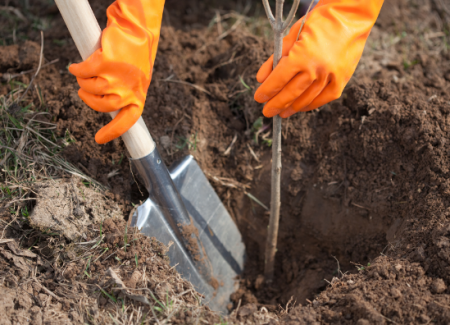 You may be interested in:
You may be interested in:Peach is considered a fast-growing crop that can produce 3 meter long whips in one summer. For this reason, in the south they are pruned precisely in the fall, because with the advent of spring, these whips are difficult to take out from the plantation with the muddy mud. And if you properly insulate the seedling for the winter season, this will protect it from the effects of frost.
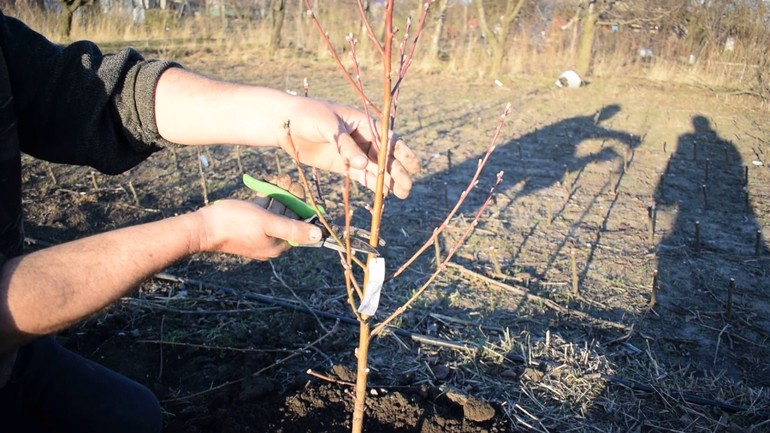
The benefits of autumn pruning
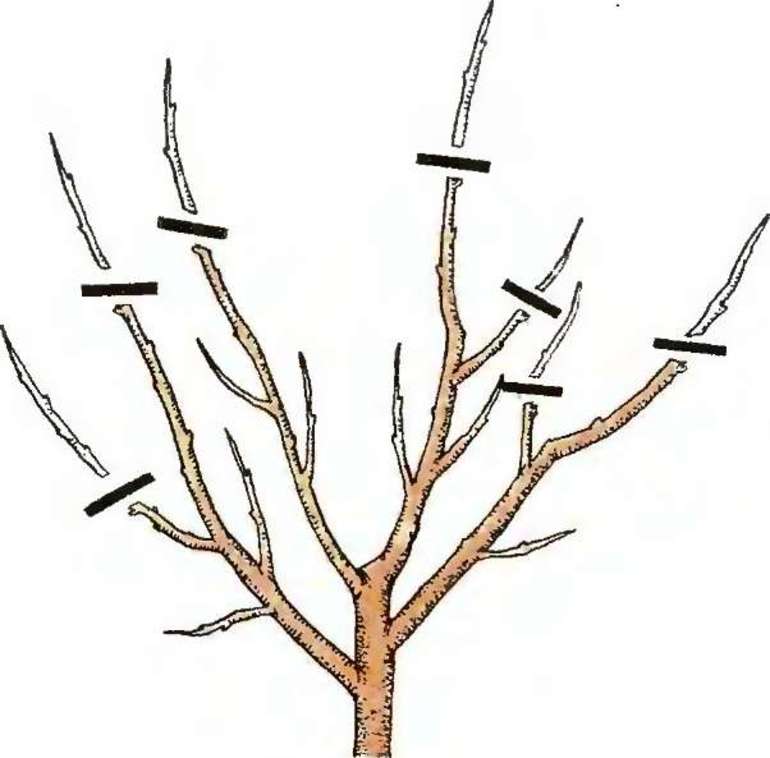
Peach spills much earlier than other fruit crops, so gardeners often do not have time to start pruning before blooming buds appear. In this case, the tree has to sharply redirect useful vitality to other buds. Already in March, the sap flow becomes very intense, and the tree begins to feel discomfort. As a result, this adversely affects growth productivity and crop yields.
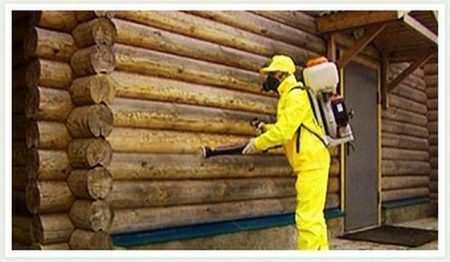 You may be interested in:
You may be interested in:If you ignore trimming, a large number of fruits will form on the tree, but their size will be too small. In this case, unformed branches with an impressive number of leaves and fruits will begin to crack and damage. Incorrect peach pruning causes numerous problems with crop growth.
In the autumn, peaches are trimmed immediately after harvest, when the movement of juices inside the branches is suspended. Often this happens in late September - early October. In the southern regions, the arrival of cold weather falls on the last days of October - early November, so gardeners have plenty of time for successful pruning. In northern areas, trimming is best done as early as possible. In addition, the culture must be carefully insulated, otherwise it will not tolerate the harsh winter.
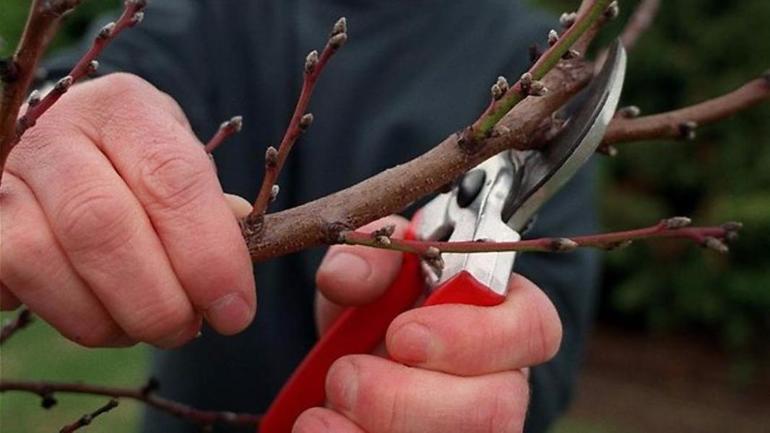
For trimming to be successful, it is important to use sharp tools that are cleaned from corrosion defects. Used secateurs and delimbers must be well sharpened, otherwise they will not be able to leave an even cut, which will lead to negative consequences. Such items are useful exclusively for thin branches.
 You may be interested in:
You may be interested in:In addition to basic pruning, in the autumn, crown formation and sanitary work are carried out. This is another great benefit of autumn pruning. In this way, the gardener gets rid of dry and disease-damaged branches that can impair fruiting or even destroy the crop.
Varieties of cropping
There are different types of pruning peaches in the fall. They differ in their functions and purpose. If we talk about garden crops, then they need to ensure regular regulation of the number of ovaries, both from the first days of development and in the future. Also, such trees require anti-aging procedures and cleaning the crown of extra shoots that impair fruiting productivity. Among the existing types of cropping The following are distinguished:
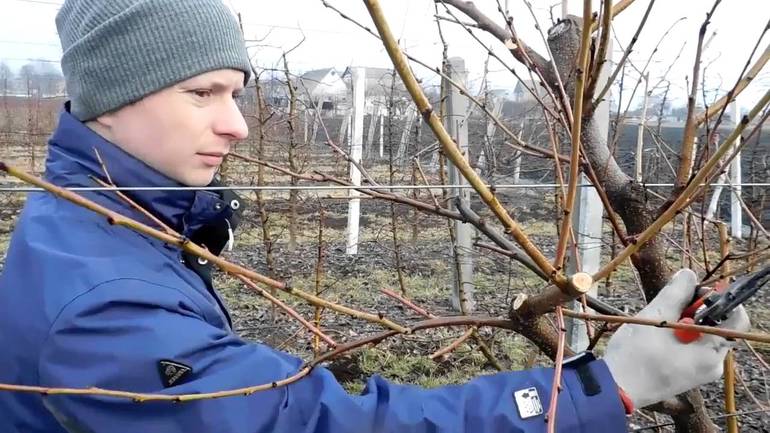
- Thinning. It implies the complete removal of a branch, usually an old, damaged disease or frost. Such a procedure practically does not change the yield, but performs a rejuvenating role.
- Shortening. There are three types of shortening: weak, moderate and strong. The first option involves trimming ¼ of the length of 5% of the branches that managed to form on the tree. The second - pruning 10% of peach branches into 1/3 part. The third is ½ of the length of 20% of the shoots.
All procedures track a specific goal and are indispensable in the proper care of peaches. Based on this, There are several areas of cropping destination:
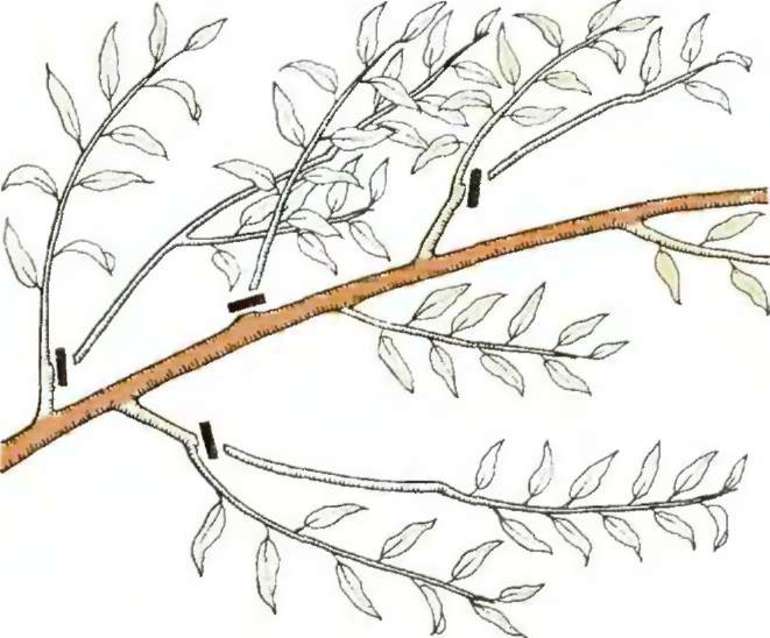
- Sanitary - is intended to eliminate all frost-affected and diseased branches. Also at this stage, branches injured mechanically are removed.
- Anti-aging - involves pruning trees that have reached 2 years of age. The number of processed shoots is 20% of their total number in one procedure. If you remove more branches, the peach may not recover.
- Formative - the principle and scheme of such an event involves the formation of a beautiful crown by removing excess fragments.
- Differentiated - intended for thinning the crown in the upper part in order to stimulate the development of the first. A similar action is suitable for peaches aged 4-9 years.
- Restorative - used to restore a peach tree when the crown is affected by minus temperature, hail or wind. This pruning is considered the most radical, because it involves a strong pruning of all branches to 3-year-old wood and the removal of damaged parts of peach.
The formation of a new seedling
Peach is a heat-loving plant, so gardeners from middle latitudes prefer a shrub form of cultivation. It consists in the formation of two or three trunks on one seedling, which allows the peach to recover after the defeat of one shoot by frost.
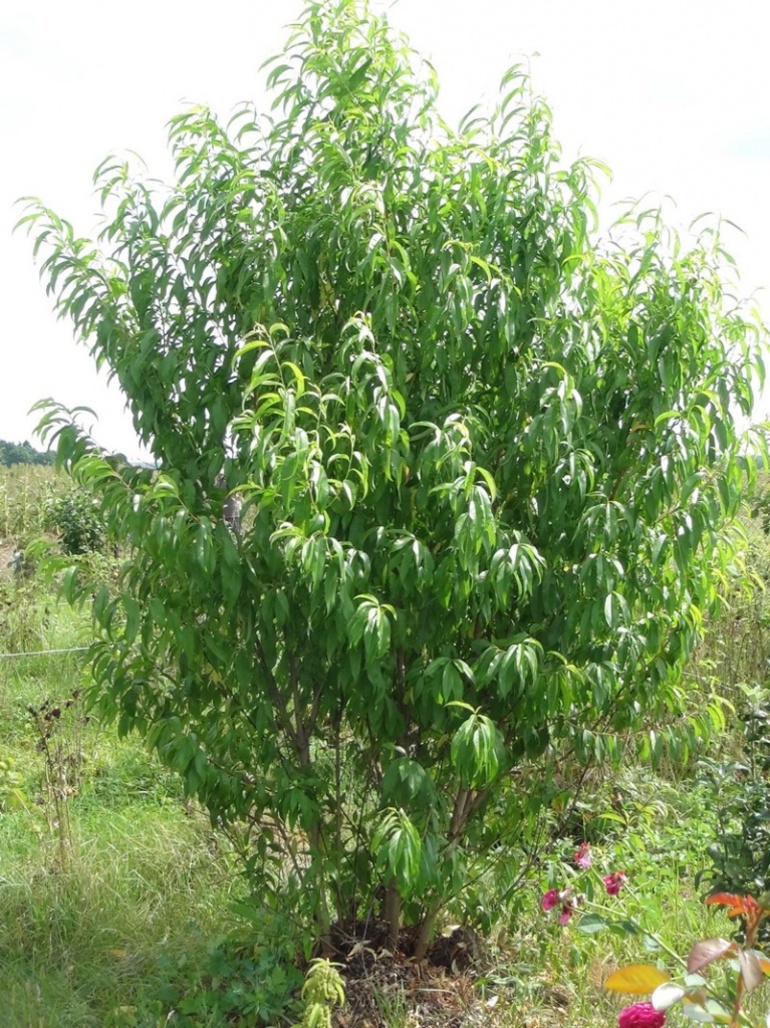
If you grow a peach in the form of a bush, then it is better to use the option of forming a crown-bowl. The procedure must be started immediately after planting the seedling in the ground, while it is important to fasten the conductor as fast as possible, leaving 5-8 shoots on the tree. Such a culture is grown with a layerless crown.
To simplify the future care of a young tree, it is important to plant a seedling correctly. Very often, such a culture is grown in stock — in this case, an annual plant is planted to such a depth that the vaccinated area is located five centimeters above ground level. This approach will allow time to identify and clean the shoots of the stock, which can take a lot of useful life force and absorb an impressive amount of nutrients from the soil.
After completing planting work, you should leave about two to three strong shoots on the young seedling, shortening them to two pairs of buds. As for the conductor and other branches, it is better to cut them off completely. So that by autumn on a peach tree, 7-8 meter shoots are formed, it is necessary to take care of these types of care:
- Watering.
- Top dressing.
- Protection against cold and wind.
With the advent of the second season, the formation of a layerless crown begins. It is carried out in this way:
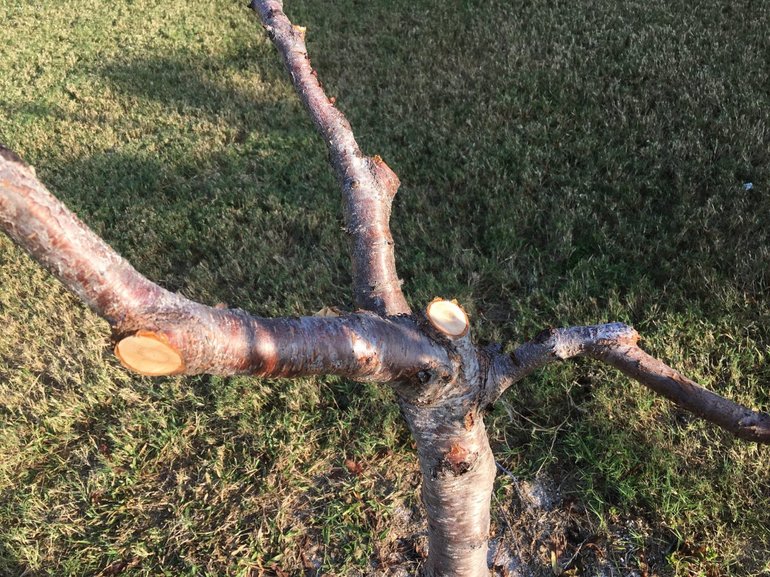
- In early spring, before the movement of juices in the branches, three or four shoots are shortened by a quarter. We are talking about strong shoots on which 7-8 buds are left. The remaining elements, in particular horizontal ones, are cut into a ring and impede the normal passage of oxygen and light.
- At the end of spring, abandoned shoots are tied to bricks for reliable fixation at an angle of 45 degrees relative to the ground. Also during this period, you need to pinch the tops of the shoots to stimulate new kidneys.
Young wood processing
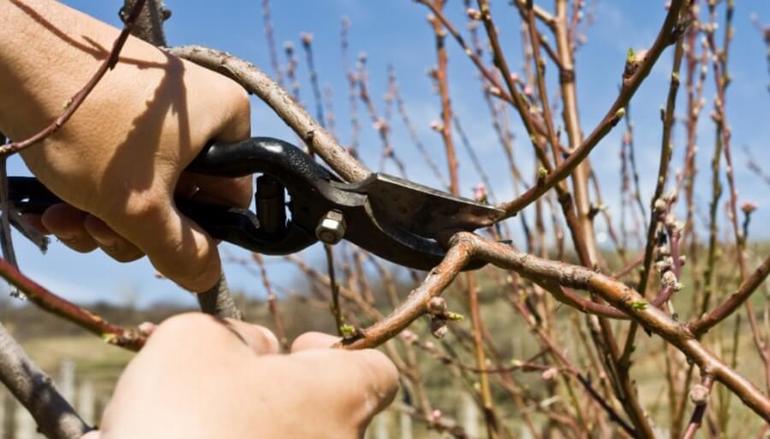
In early May, using the same method, you need to fix the branches at an angle of 45 degrees with respect to the soil. This is necessary to form a well-groomed "bowl" and give the tree a decorative look.
It is no secret that the beginning of the fruiting of the peach tree falls in the third year of its life. And the task of forming pruning is to provide comfortable conditions for the productive development of fruiting buds and high productivity.
Cutting off the culture during the development period, you need to take care of good illumination inside the crown, as well as normalizing fertility. From the age of 8, a tree can tie about one thousand fruits on branches, but only 300–400 fruits are fed with nutrients.
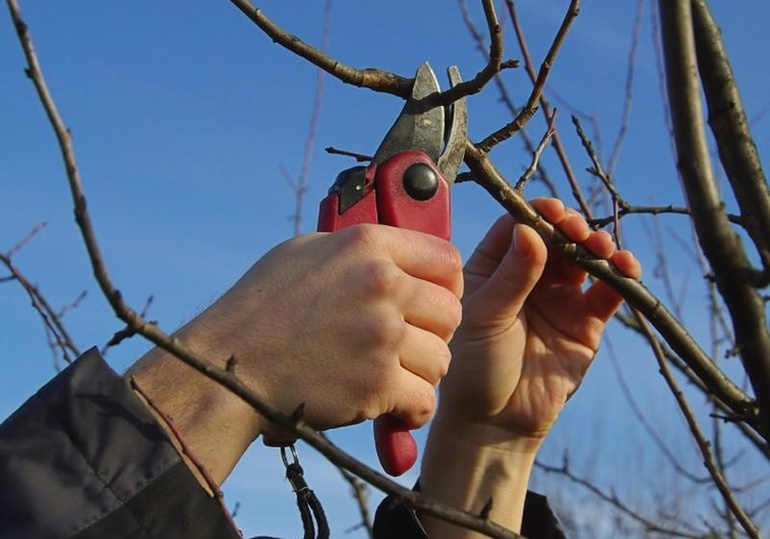
When servicing young fruit trees The following trim types are involved:
- Thinning - consists in differentiating the crown top and shifting the fruits.
- Replacing - involves trimming half of the shoots on which there are flower buds about a quarter of the length. This procedure is repeated after a year.
This type of autumn pruning of peach trees is effective in the southern regions. If the culture is grown in the north, it is better to hold an event in the spring, in the second half of March.
Anti-aging treatments
To properly prune a peach in the fall, we must not forget about anti-aging procedures. They are performed every year with trees from the age of 8 years that were grafted, and with 10-year-old plants grown independently. At the beginning of pruning, it is necessary to get rid of the diseased and diseased shoots, and then shorten 3-4 summer elements. It is important to remove branches of poor quality in terms of fruiting, otherwise they will adversely affect fruiting.
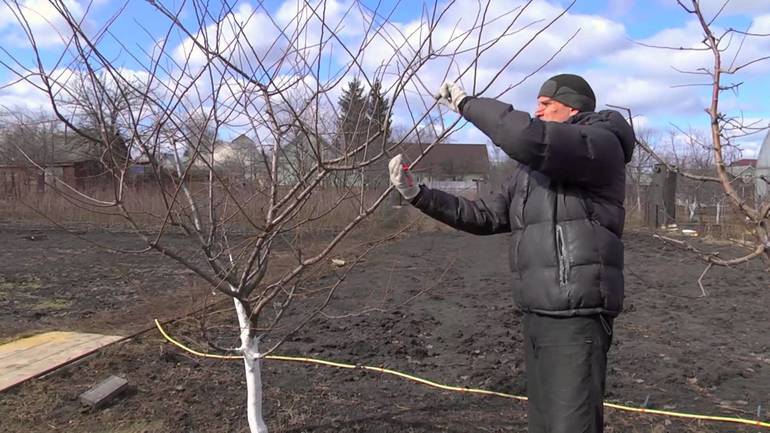
In the case of 12-year-old peach trees that have never been pruned for the purpose of rejuvenation, you will have to immediately carry out a regenerative procedure. Otherwise, the tree will simply stop developing and die. When restoring pruning, 2–3 strongest branches are left. They are shortened by a third of the length - everything else is cut into a ring.
At the end of the cropping, the shoots located at the root or above the graft site will begin to form a skeletal branch. Within a few years, it will finally get stronger and completely replace the old trunk.

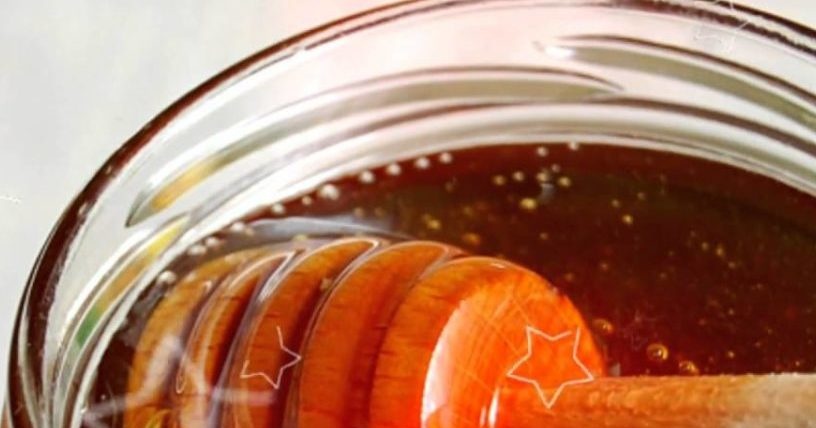
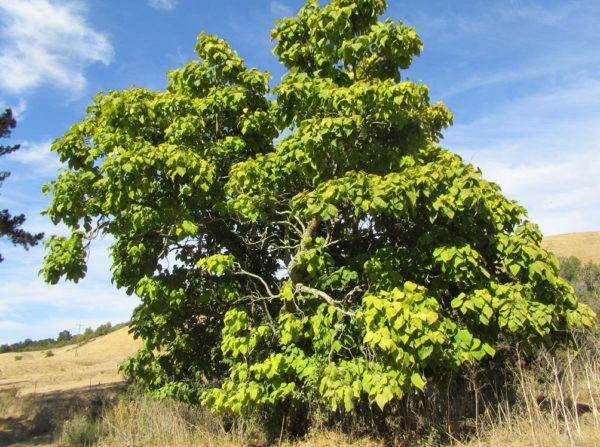
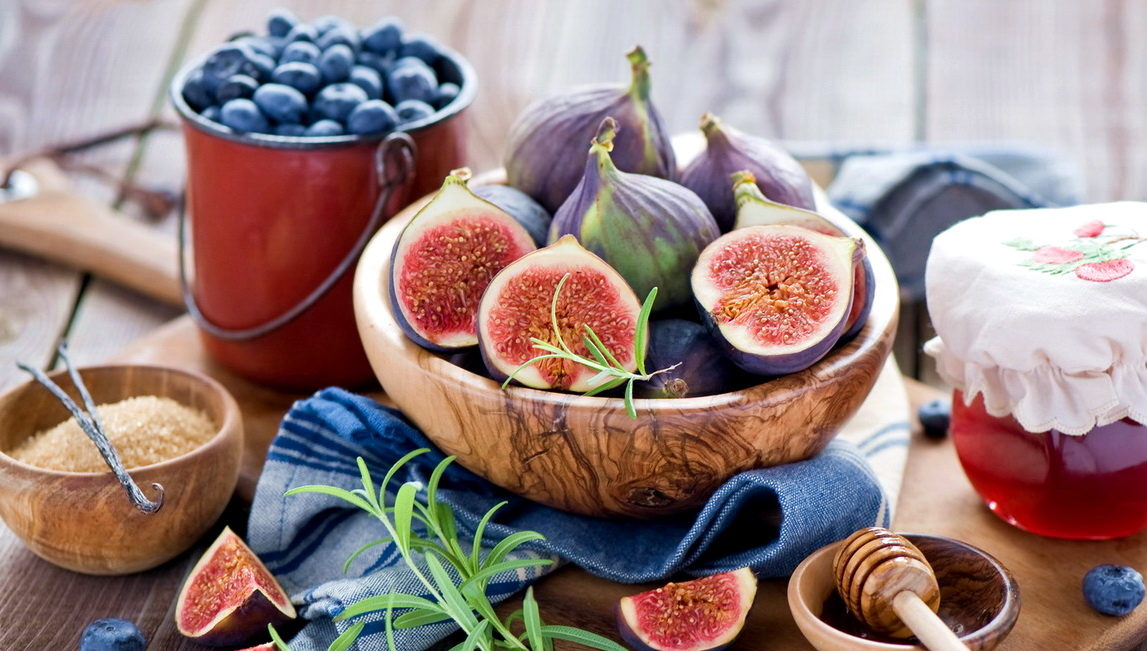
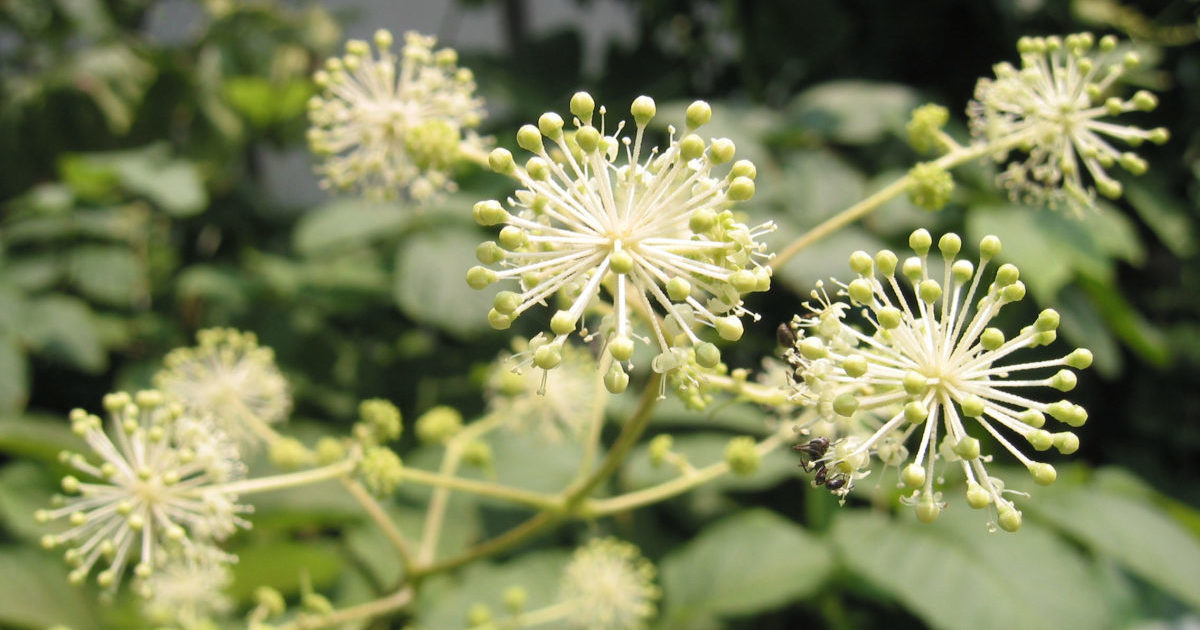 Aralia Manchurian - medicinal properties and contraindications, the use of tinctures in bodybuilding
Aralia Manchurian - medicinal properties and contraindications, the use of tinctures in bodybuilding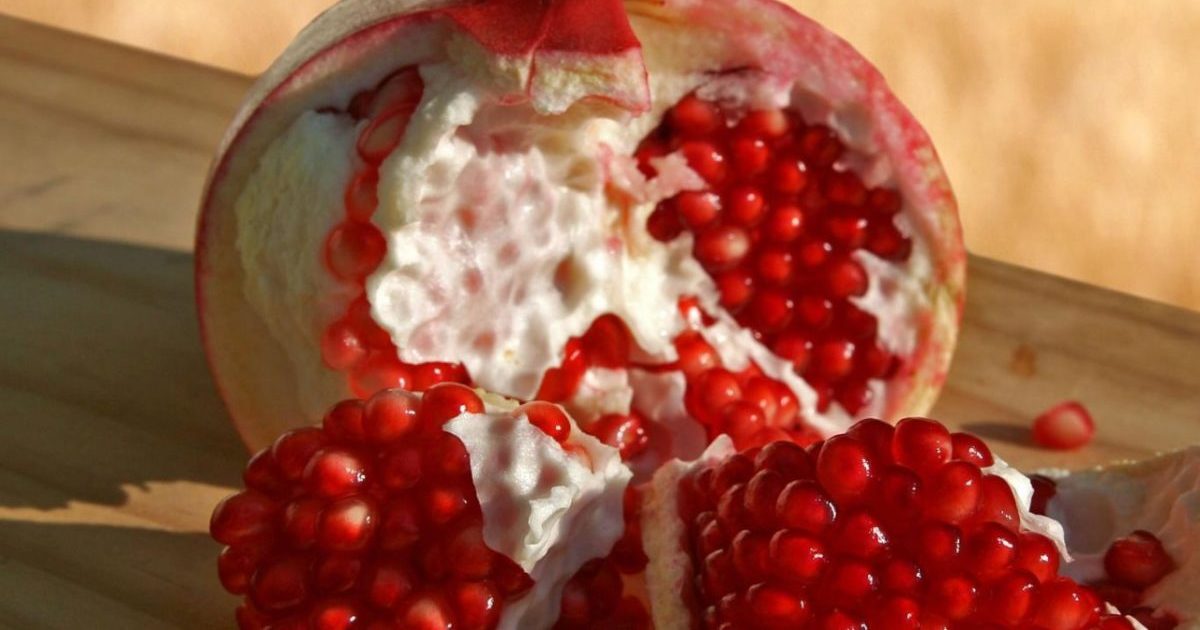 Seedless pomegranate - cutaway appearance, benefits and harms
Seedless pomegranate - cutaway appearance, benefits and harms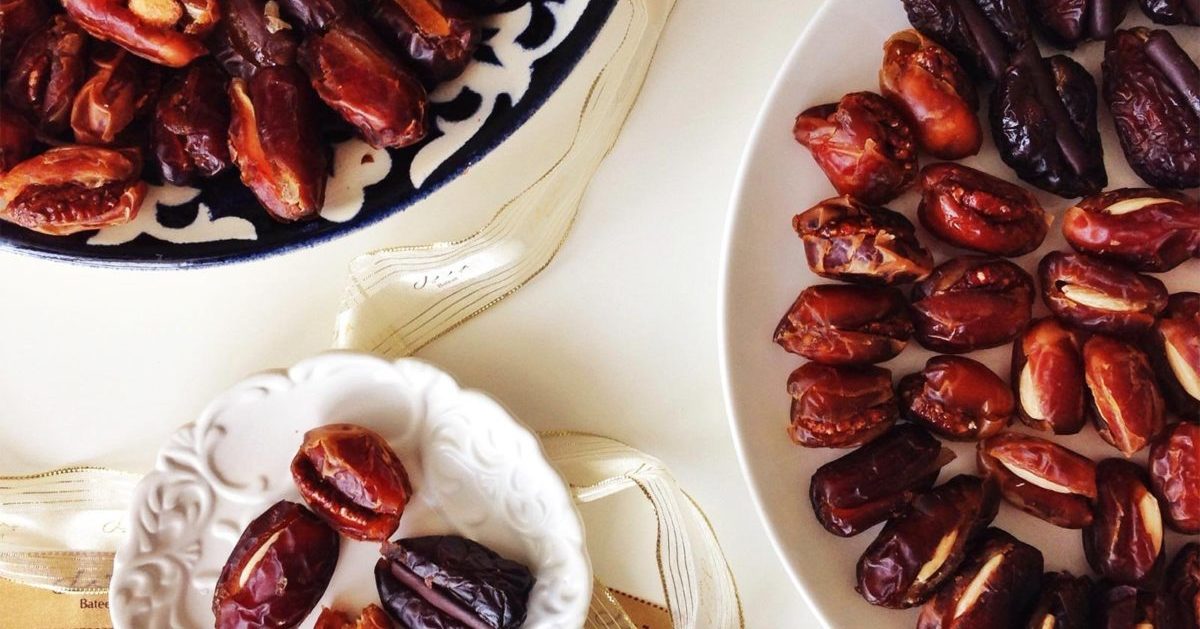 Dates - the benefits and harm to the body, how much you need to eat, properties and calorie content
Dates - the benefits and harm to the body, how much you need to eat, properties and calorie content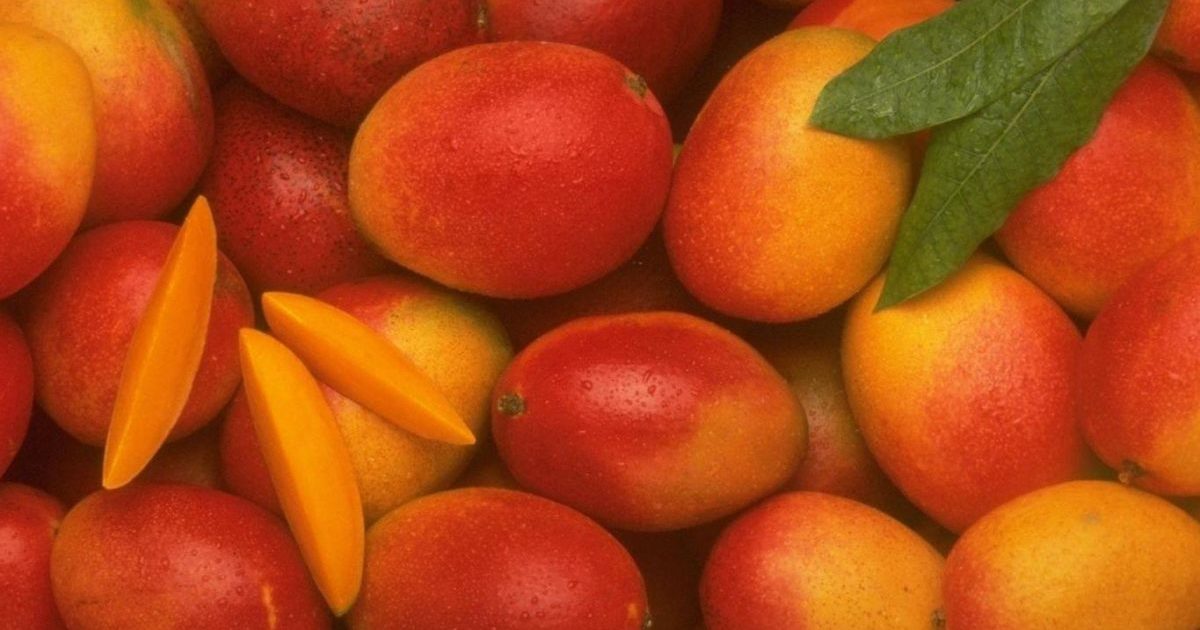 The benefits and harms of mango for the body of women and men - how to eat it?
The benefits and harms of mango for the body of women and men - how to eat it?